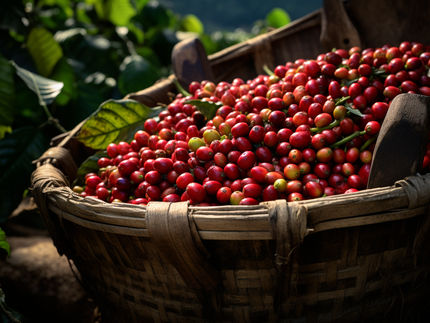WUR is making use of smart solutions to limit greenhouse gas emissions
Advertisement
Wageningen University & Research is developing a comprehensive research programme with the aim of cutting greenhouse gas emissions from agriculture and land use in the Netherlands. Wageningen researchers are looking into zero-emission greenhouses and clever ways of shaping livestock farming, land use and forest and nature management. The Ministry of Agriculture, Nature and Food Quality (LNV) is making more than 11 million euros available this year for this purpose.

WUR is making use of smart solutions to limit greenhouse gas emissions
Wageningen University
International agreements have been reached to restrict global warming to less than two degrees Celsius. These agreements are bundled in the Paris Climate Accord, of which the Netherlands is a signatory. At a national level, agreements have been reached and bundled in the so-called Climate Accord. This sets out how the five sectors - electricity, built-up environment, industry, mobility and agriculture & land use - will meet the targets set to limit greenhouse gas emissions.
Climate Accord
Within WUR, the different knowledge institutes are working together on smart solutions for restricting greenhouse gas emissions from agriculture and land use. Saskia Visser is responsible for the central coordination of the three portfolios, for which Wageningen and its partners will be given a budget of more than 11 million euros. This money is being provided by the Ministry of Agriculture, Nature and Food Quality (LNV). The amount is part of the 300 million euros made available earlier this year by the cabinet to counter the effects of greenhouse gas emissions.
Approach
The three portfolios under the leadership of WUR researchers are:
-
Intelligent Forest and Nature Management under Gert-Jan Nabuurs
The Greenhouse as Energy Source, coordinated by Sjaak Bakker
Low-Emission Livestock Farming, with Karin Groenestein and Ingeborg de Wolf as coordinators
Forest and Nature Management is concerned, among other things, with proactively planting a wider range of tree species in forests with dry and nutrient-poor soils and extending forests along motorways and in outdoor chicken runs or other agro-forestry combinations.
In the case of the Greenhouse as Energy Source, the focus is on four new greenhouse types that meet a set of requirements with respect to the sustainability aspects energy, water, release of nutrients and crop health. For example, by using natural and artificial sighting in an optimal way.
In Low-Emission Livestock Farming, WUR will look into reducing methane as a greenhouse gas in dairy cattle, veal calves, goats and pigs. One example is the use of solid floors in stables and the frequent mixing and cooling of manure.




























































